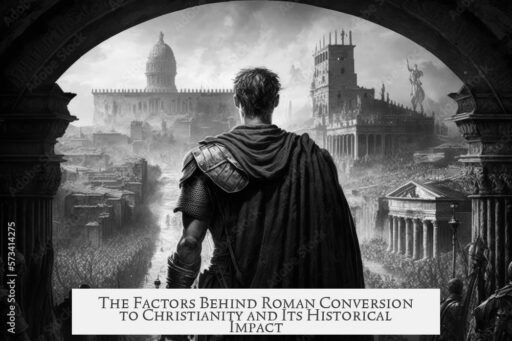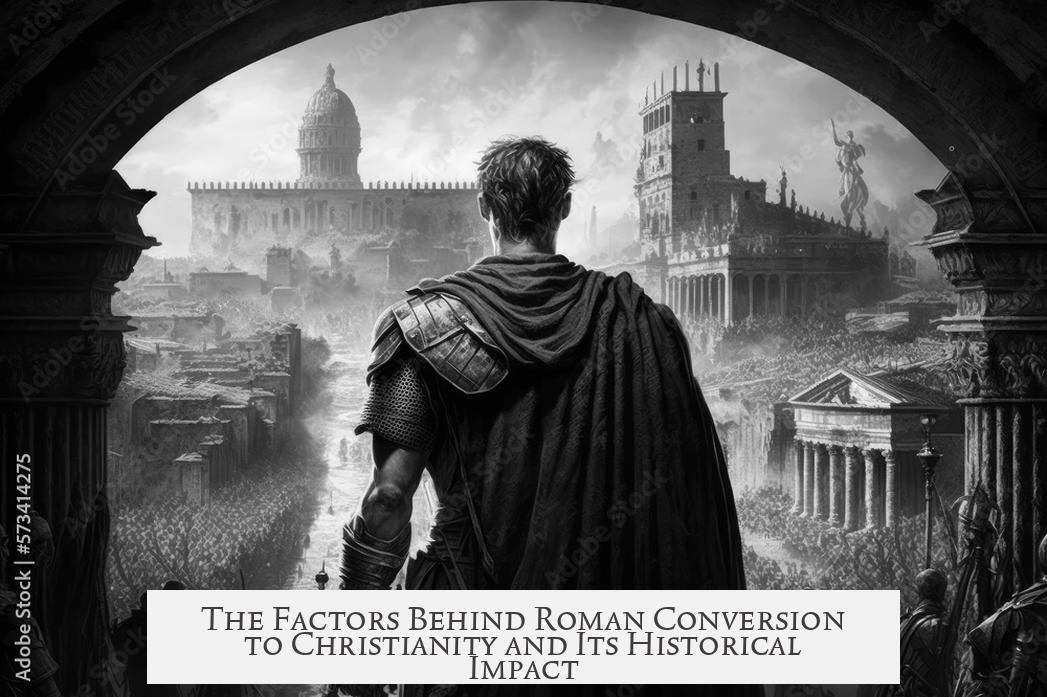The Romans converted to Christianity due to a combination of political, intellectual, and social factors, with key moments such as Emperor Constantine’s conversion and the legalization of Christianity playing crucial roles.
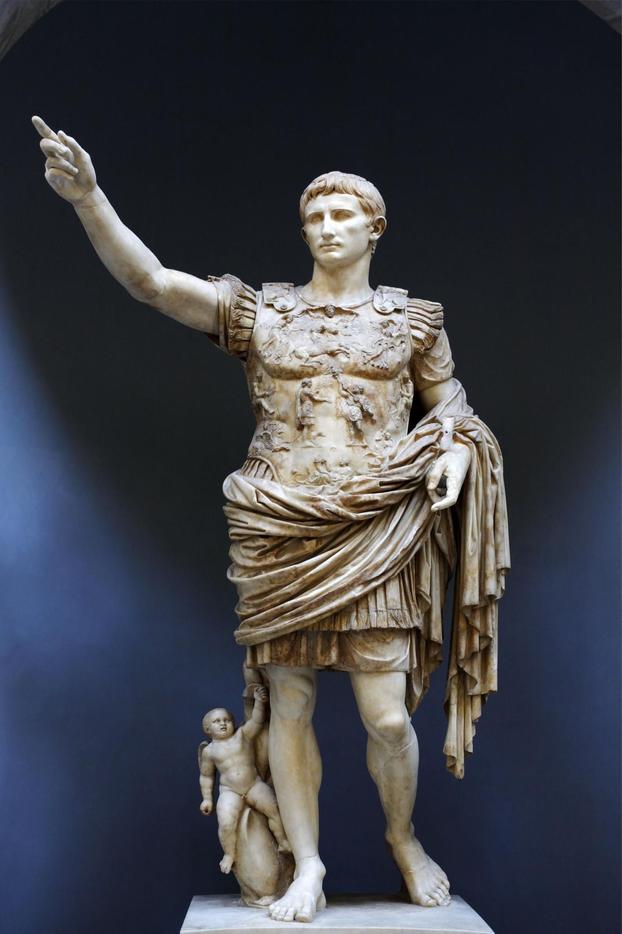
Emperor Constantine’s conversion in 312 AD marks a turning point. Prior to this, Christianity lacked state recognition. The Edict of Milan in 313 AD legalized Christianity, enabling public worship and church construction. The church gained state favor, including financial support for building churches and bishops acquiring significant political influence. Christianity became a path for career advancement, illustrated by Ambrose, who transitioned from governor to bishop.
Intellectual connections also spurred conversion. Christianity’s sacred texts were written in Greek, linking the religion to Hellenistic thought. Christian Platonism emerged by the second century, notably through the Alexandrian school. Theologians like Augustine of Hippo used Platonic ideas to interpret Christian doctrine, seeing God’s creation as instantaneous and transcendent. Additionally, Christianity’s roots in Judaism provided a sense of historical legitimacy, as Romans respected ancient religions and believed Jesus fulfilled Jewish scripture promises.
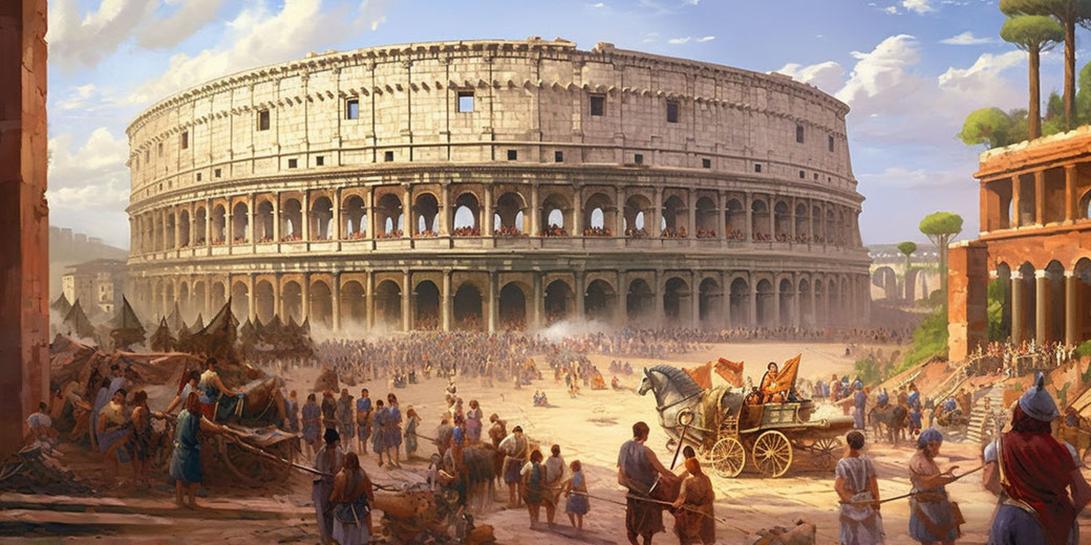
Martyrdom significantly influenced conversions too. Christians faced persecution but remained steadfast, enduring torture and death with dignity. Their endurance convinced many observers of the faith’s truth. Numerous accounts report onlookers and even persecutors converting after witnessing such sacrifices. Contrary to the persecutors’ goals, oppression often accelerated Christianity’s growth.
| Factor | Role in Conversion |
|---|---|
| Constantine’s Conversion | Legalized Christianity; linked church with state power |
| Intellectual Appeal | Integration with Platonism and respect for Judaism |
| Martyrdom | Inspired conversions via witness of faith under persecution |
- Constantine’s conversion provided legal protection and political endorsement.
- Christian thought merged with respected philosophical traditions, appealing to educated Romans.
- Martyrs’ example demonstrated faith’s power and attracted converts despite persecution.
Why Did the Romans Convert to Christianity?
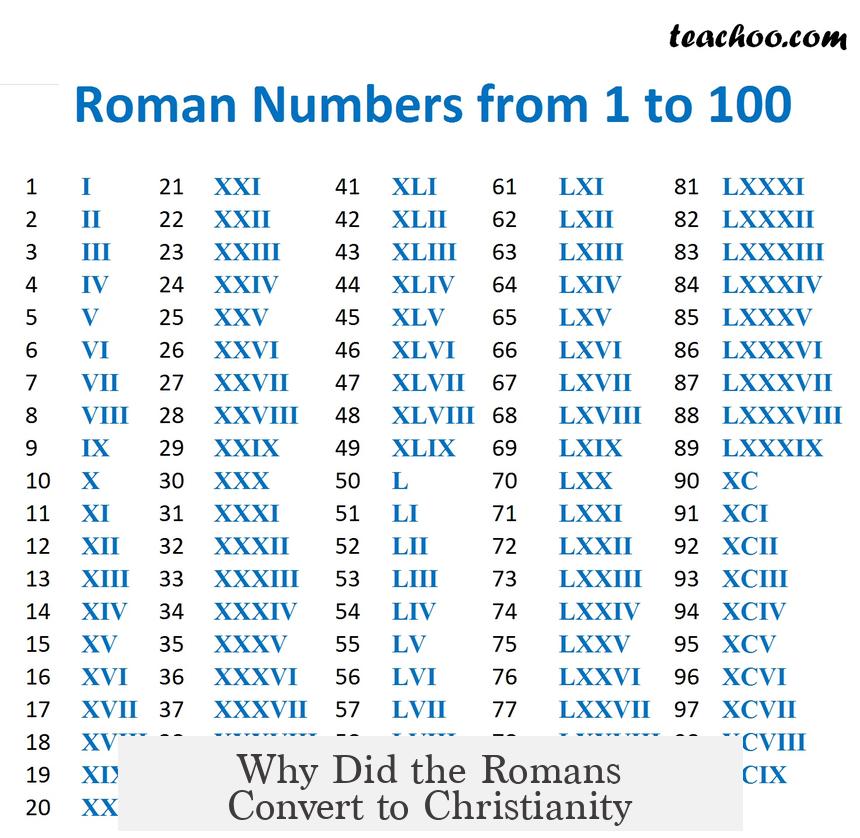
Simply put, the Romans converted to Christianity because it evolved from a persecuted sect into a powerful institution backed by the empire, intellectual resonance with existing philosophies, and inspiring examples of faith under fire. But that’s just the headline. Let’s unpack this fascinating transformation step by step.
Imagine being a Roman citizen in the 1st century AD. Pagan gods were everywhere, and Christianity was just another odd Jewish sect, often mistrusted and marginalized. Fast forward to the 4th century, and suddenly Christianity is not just legal—it’s climbing the ladder to become the Empire’s preferred religion. What changed?
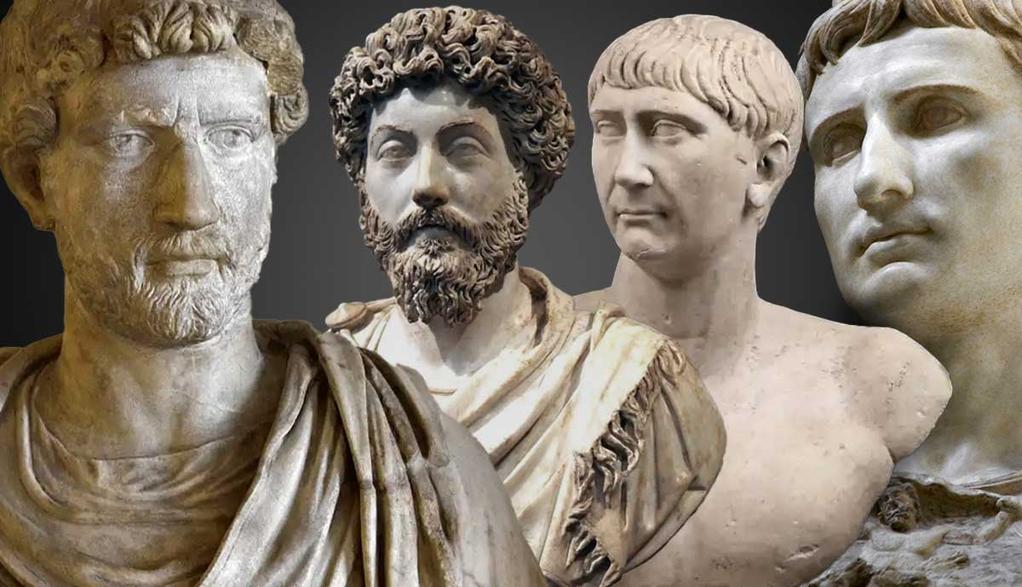
1. The Game-Changer: Emperor Constantine’s Conversion (312 AD)
Before Constantine, Christianity was illegal and often brutally suppressed. Christians worshipped in secret—house churches or even cemeteries acted as their sanctuaries.

Everything shifts dramatically in 312 AD when Constantine converts and, in 313 AD, issues the Edict of Milan, legalizing Christianity. This wasn’t just a minor tweak in policy. It was akin to giving Christianity the royal stamp of approval.
- Public churches began to appear—no more secret meetings in basements or bone yards.
- Bishops started gaining significant political influence. For example, Ambrose, once a provincial governor, became Bishop of Milan. That’s career evolution on a grand scale!
- The empire funded lavish church constructions in city centers, transforming Christianity’s public image.
Legal recognition meant Christianity gained legitimacy, making it attractive for career-minded Romans. Suddenly, the faith wasn’t just about spiritual salvation—it was a ticket to political relevance and social prestige. Why cling to outdated pagan worship when the new religion offered both divine grace and earthly benefits?
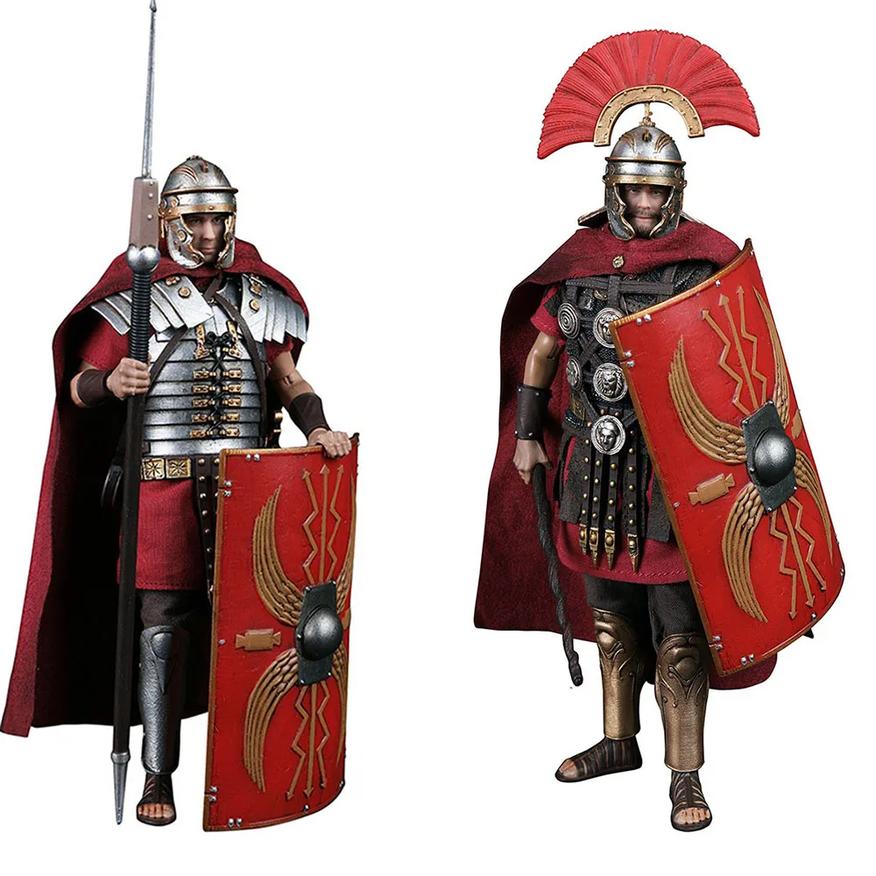
2. Intellectual Connections to Platonism and Judaism
Beyond politics, Christianity connected deeply with existing traditions and ideas, particularly Hellenistic philosophies and Judaism. The sacred Christian texts were written in Greek, naturally intertwining Christian thought with the rich intellectual heritage of the Hellenistic world.
From the second century onward, Christian thinkers embraced Platonism. For example, Origen of Alexandria, a seminal theologian, mixed Platonic ideas with Christian doctrine, giving Christianity an intellectual heft.
Augustine of Hippo offers another great example. He argued that God’s creation of the world was instantaneous—a Platonic concept emphasizing that God exists beyond time. This philosophical framework helped Christianity compete with Roman religious notions rooted mainly in ritual and superstition.
Plus, Christianity’s Jewish roots lent it ancient authority. Romans respected Judaism as a long-established religion, so Christianity, as the fulfillment of Jewish prophecy, gained an aura of legitimacy rather than seeming like a bizarre new cult.
3. Martyrdom: Faith Under Fire that Ignited Conversion
“The blood of the martyrs is the seed of the Church.” – Tertullian
Roman authorities often intended persecution to stamp out Christianity. But paradoxically, their harsh actions basically worked as viral marketing for the faith.
Christians faced death with calm and courage in the arena and prisons. This dramatic bravery stirred onlookers deeply. Stories abound of persecutors themselves converting after witnessing such resilience. Need proof? The annals of early Christianity brim with these accounts.
Martyrdom showed that these weren’t mere believers but people utterly convinced of their faith. This powerful witness persuaded many that Christianity had undeniable truth and moral strength.
What Does This Mean for Understanding Roman Conversion?
It wasn’t just one factor but a mix: imperial endorsement, philosophical depth, and emotional power. The legalization and official favor from Constantine made Christianity a prestigious institution. Intellectual traditions gave it credibility and appeal to educated Romans. Martyrdom inspired awe and conviction among common people.
Think of it this way: Christianity became the total package. It provided meaning beyond ritual, connected with elite philosophy, and enjoyed imperial support. This combo offered something pagan religions could no longer provide.
Tips and Takeaways from Roman Religious Shifts
- Timing is crucial. Christianity’s rise coincided with social and political upheaval. Change demands the right moment.
- Legal recognition transforms societal acceptance. Look at how legality opened doors for church growth and public worship.
- Intellectual engagement wins hearts in elite circles. Ideas matter, not just rituals.
- Witness and example inspire more than words. Martyrs’ courage moved souls profoundly.
Why Did the Romans Convert? Final Thoughts
The Roman conversion to Christianity wasn’t a simple “A-ha” moment. It’s a layered story of law, philosophy, and human courage converging. Constantine’s conversion provided the stamp of official approval, Platonism and Jewish tradition gave it intellectual footing, and the martyr’s witness delivered emotional impact.
As society changes today, we might ask: which belief systems or ideas are gaining traction not just because of laws, but because they resonate intellectually and emotionally? The Romans offer a vivid lesson: faith catches fire when head and heart unite, and when external power meets internal conviction.
So next time you see an ancient Roman mosaic or hear about the fall of pagan gods, remember this: behind that sweeping shift was a complex dance of politics, philosophy, and one heck of a resilient faith story.
